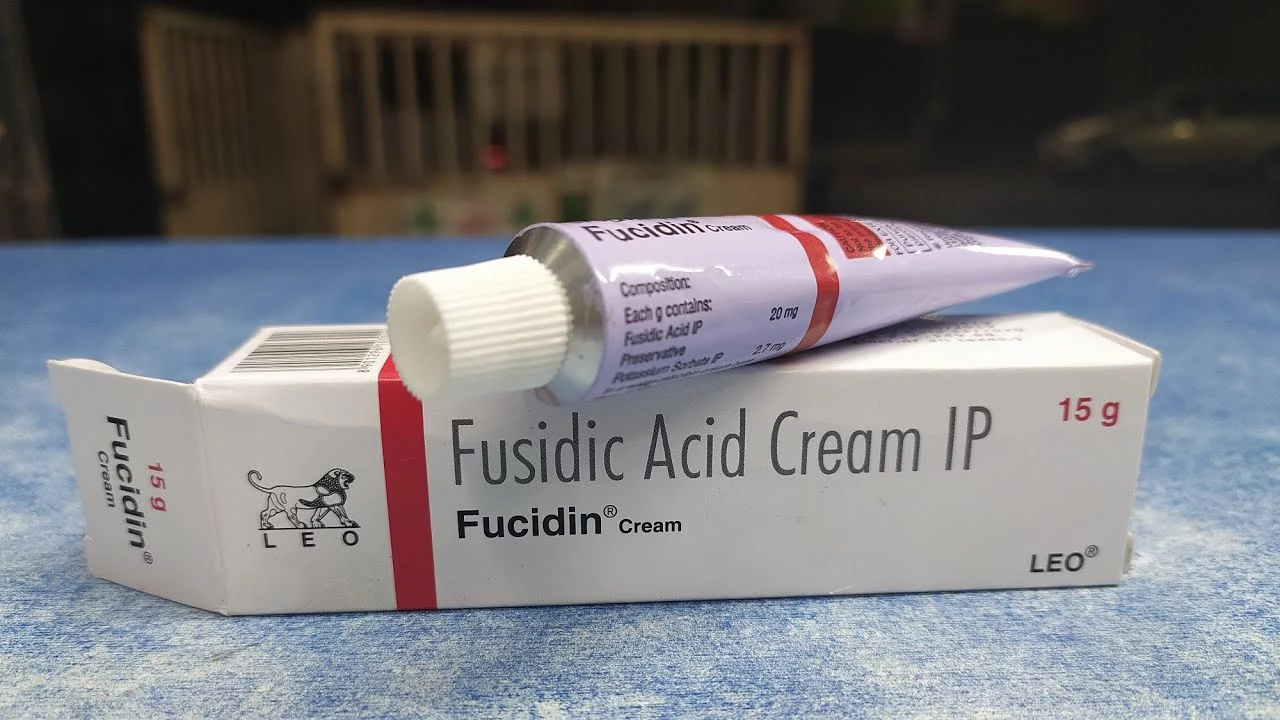Necrotizing fasciitis treatment: what to do fast
Necrotizing fasciitis is a rapidly spreading infection that destroys skin, fat, and the tissue covering muscles. If you suspect it, you need fast action. This guide explains the key treatments, what happens in the hospital, and practical steps patients or caregivers should expect.
When to act now
Warning signs include severe pain that’s worse than the look of the wound, rapid redness or swelling, fever, dizziness, and blisters or dark patches. If someone has these plus a recent cut, bite, injection, or surgery, call emergency services right away. Time matters—delaying care raises the risk of major tissue loss and serious complications.
Main treatments you'll see in hospital
Treatment is a mix of emergency surgery, strong antibiotics, and supportive care. The surgical team removes dead tissue through aggressive debridement. Often more than one operation is needed until only healthy tissue remains. That’s the single most important step to stop the infection from spreading.
Antibiotics start immediately, usually before lab results return. Doctors pick broad-spectrum IV antibiotics to cover common bacteria and resistant strains. A typical approach combines coverage for streptococci and staph (including MRSA), plus gram-negative and anaerobic bugs. Clindamycin is often added because it can reduce toxin production by some bacteria.
Supportive care happens in the ICU for many patients. That includes IV fluids, blood pressure support, oxygen and sometimes mechanical ventilation, and close monitoring for organ problems. Severe cases may need blood transfusions, dialysis, or wound vacuum devices to help healing.
Hyperbaric oxygen therapy is offered in some centers as an adjunct. It increases oxygen in tissues and may help certain patients, but it never replaces surgery or antibiotics. Plastic and reconstructive surgeons often join later to help close wounds once infections are controlled. Skin grafts or flaps are common during recovery.
Antibiotic duration depends on how fast the wound improves. Patients typically stay on IV antibiotics until the infection is clearly controlled and then switch to oral antibiotics for a few weeks, guided by cultures and clinical progress.
Follow-up care matters. Wound care, physical therapy, and mental health support help recovery from the physical and emotional impact. Scarring and functional loss are possible, so early rehab improves long-term results.
Preventive steps are simple: clean and cover wounds, treat small cuts quickly, avoid injecting drugs, and see a doctor for red or painful wounds that worsen fast. If you’re unsure about a wound’s seriousness, get checked—better safe than sorry.
If you want more detail on antibiotics, surgical options, or recovery tips, I can summarize latest recommendations and what to expect at each stage.
Fusidic Acid for the Treatment of Necrotizing Fasciitis: A Closer Look
In my latest blog post, I delve into the use of Fusidic Acid for treating Necrotizing Fasciitis, a fast-spreading bacterial skin infection. We explore how this antibiotic, originally used for staph infections, is showing promise in treating this severe condition. We also discuss its potential benefits, such as lower toxicity and fewer side effects compared to other treatments. However, it's important to note that further research is still needed to confirm its efficacy. Join me as we take a closer look at this potentially game-changing treatment option.

